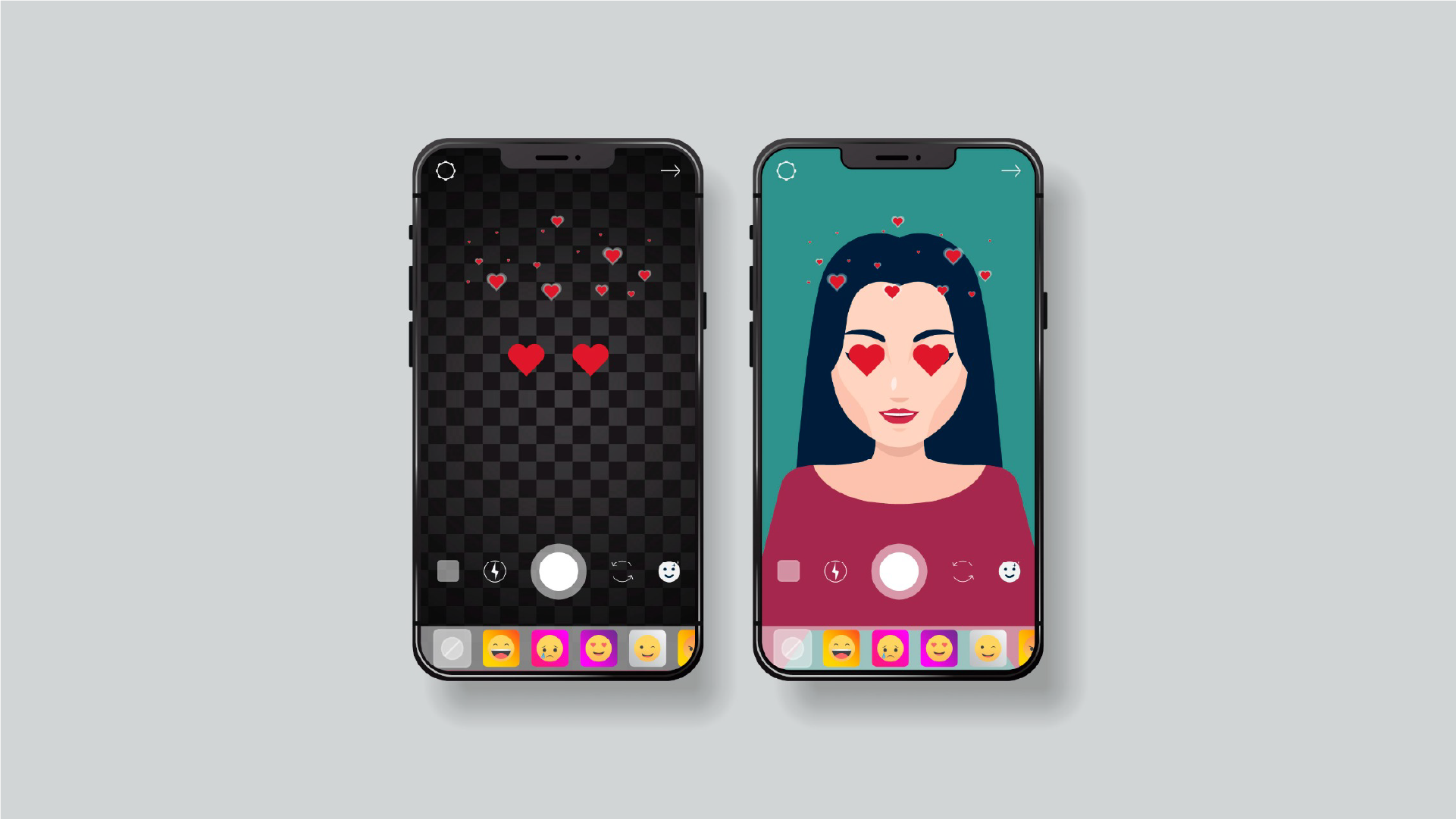AR Filters the new social tech trend
In simplest terms Augmented reality (AR) filters are computer-generated effects which could be superimposed on real-life images. AR filters work with the mobile camera, adding a layer or imagery in the foreground or background of the image. Basically AR Filters are social media's version of Augmented Reality. They're hyper-immersive, available on Instagram, Facebook, Snapchat and TikTok and can be custom-made,
cost-effectively and could be set up in no time.. They're immensely engaging with some AR Filters getting billions of hits.
To understand the AR filter universe, it is critical to understand how one creates these CG effects you see on these apps in the first place.
Social networks have their own AR software development kits (SDK).
The SDK is an Adobe Photoshop-esque platform, but each company has its own exclusive version.
For example, Facebook and Instagram have an in-built platform called Spark AR Studio. Snapchat has what’s called Lens Studio.One can use the tools on these platforms to create AR filters. The social platform reviews every filter for use and can take a few days to weeks for the approval.
More than 600 million people use AR effects across Facebook and Instagram every month, according to data available on Spark AR Studio.
Greater engagement than traditional advertising
The popularity of AR filters have attracted the brands to use it for reaching and engaging with the potential customers . For eg though you have spent your entire marketing budget with fantastic video ads,there’s no guarantee they will be seen widely. All that ad spending and the user may only view the video for a few seconds.
Meanwhile, AR filters have an average engagement of 75 seconds. This amount of time is four times more than video content. This is because watching a video is more of a passive experience. AR filters require the viewer’s attention.
By the nature of the beast and its interactive quality, the user spends more time consuming it. Product trials and engaging with the brand are like breeze which translates to higher conversion rate and better customer experience.
Salient features AR Filters
• Content that engages people, without sky-high budgets. Users interact with content, save interesting filters, and share them with friends in the familiar social network interface.
• Coverage and traffic. A high-quality filter can get millions of views.
• Sales. Some things can be “tried on” with filters. It is easier to decide on a purchase if you know what the product looks like.
• Engagement: you can incorporate interactivity and game mechanics into the mask. You can use the filter to conduct contests that will be more interesting to the audience than just a “like subscription”.
• User loyalty, since the Creator of unique content is the person himself. Filters in Stories are high-quality and native content.
• Availability of technology. Subscribers only need a smartphone to use AR effects. You can brand any object: from a mug to a vehicle.
• Conciseness. The AR filter attracts most of the modern users which allows you to create trending content in the shortest possible time.

